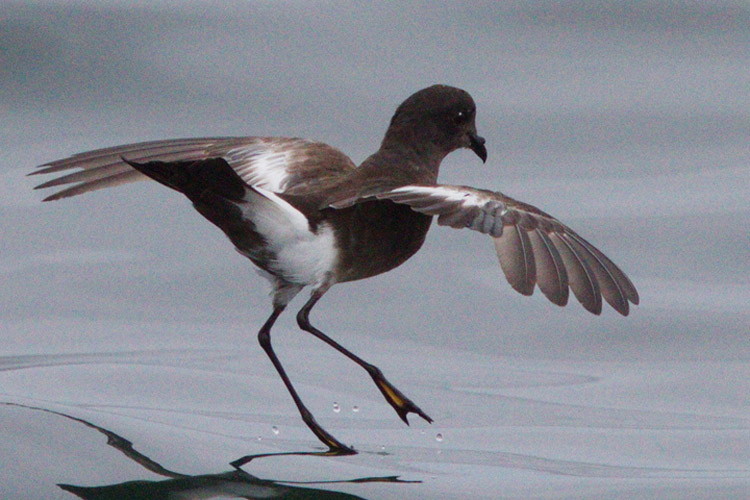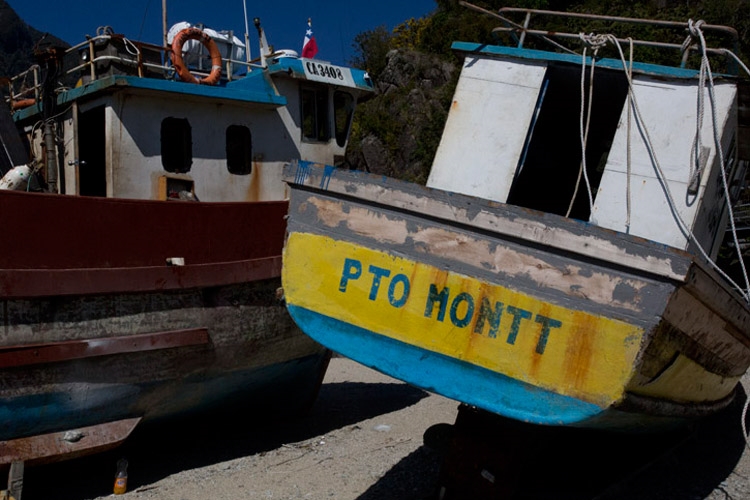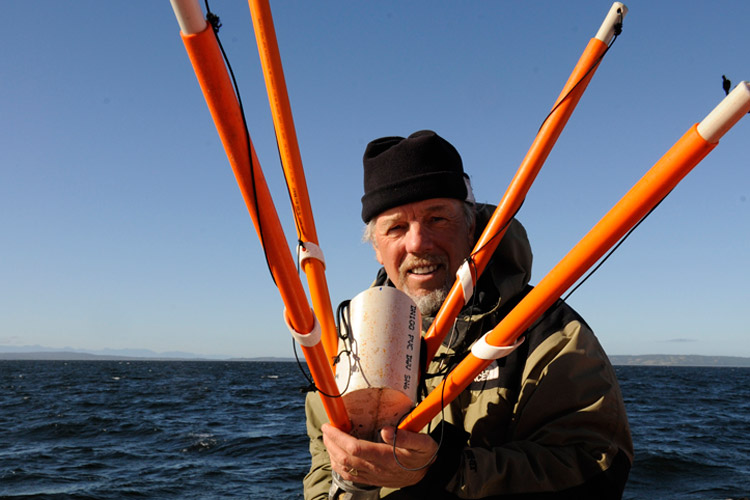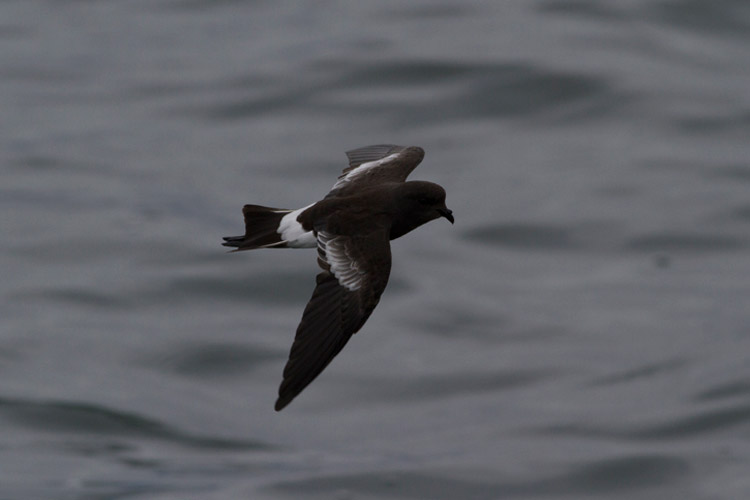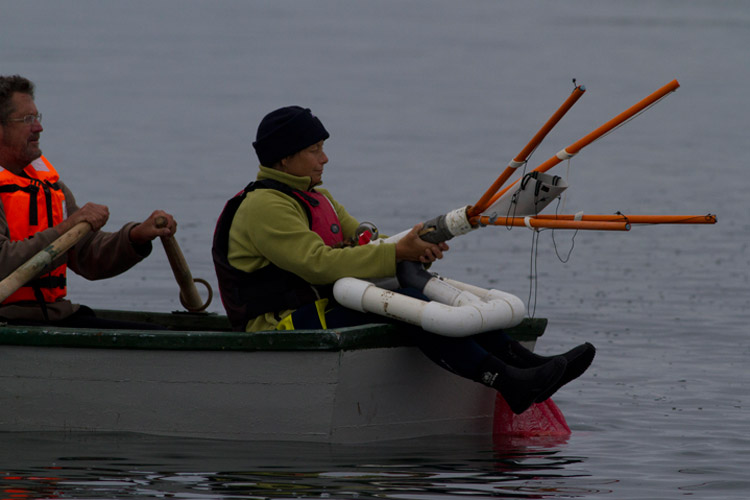A Rare Event: Discovery of a New Species
Posted by Peter Harrison
in Americas and Of Interest
In 1946 the respected German ornithologist, Ernst Mayr, declared that the Age of Discovery—of finding bird species new to science—was over. What in Victorian times had thus been reasonably commonplace, had now become a rare event. In recent years only four or five new bird species per year have been discovered, and the majority of those have been from remote islands or from isolated mountaintops in such places as Papua New Guinea. Little wonder, then, that the discovery of a new seabird in 2011 caused such international excitement and for some was the event of a lifetime.
Seabirds are generally thought to be large and gregarious, found only in open environments, and therefore not easily overlooked. They range in size from albatrosses that can weigh over 20 pounds, with wingspans of up to 13 feet, down to the sparrow-sized storm petrels weighing just a few ounces and so small that they can fit into the palm of your hand. The last completely new seabird species to be discovered was Murphy’s Petrel, described in 1949 from a specimen collected in 1922. Indeed, in the last 90 years, only one other completely new procellariiform taxon with a viable population, Matsudaira’s Storm-Petrel, had been discovered.
Storm petrels include some of the least-known and most enigmatic species of birds in the world, as illustrated by such species as Hornby’s Storm-Petrel and Lowe’s Storm-Petrel, both of whose nests or eggs have never been found. Following sightings of a mysterious, well-marked storm petrel in the Puerto Montt area of southern Chile, a five-person international expedition team was organized and led by Apex leader Peter Harrison. Using a small fishing boat and armed with specially designed, air-propelled net guns, the expedition successfully captured 12 of the as-yet-undescribed storm petrels. This was only the second time that storm petrels had successfully been captured at sea, and capture was essential to allow the international team to measure the birds and collect blood and tissue samples for future DNA analysis.
News of the unexpected discovery was picked up by many leading newspapers around the world, including The Guardian newspaper in London and the Los Angeles Times in California. The scientific paper on this remarkable discovery was eventually published in January of 2013 in the prestigious American ornithological journal, The Auk. The new species, Pincoya Storm-Petrel, Oceanites pincoyae, was named after the Pincoya, a Chilotan sea goddess who is said to be kind to mariners of the region. By naming the new species after a local deity, it is hoped that this will encourage the local population to protect and conserve their isolated region.
Learn more about Expedition Leader, Peter Harrison, on his bio page.

